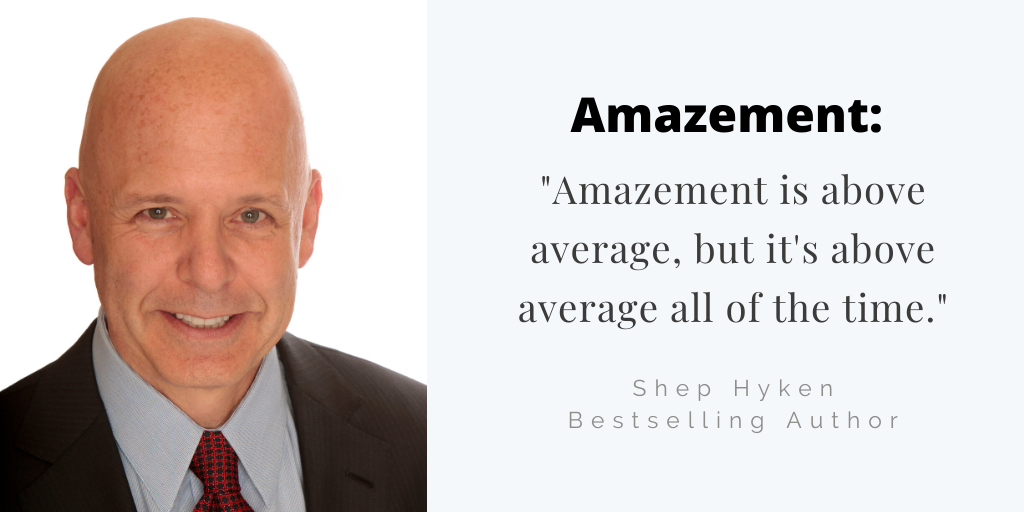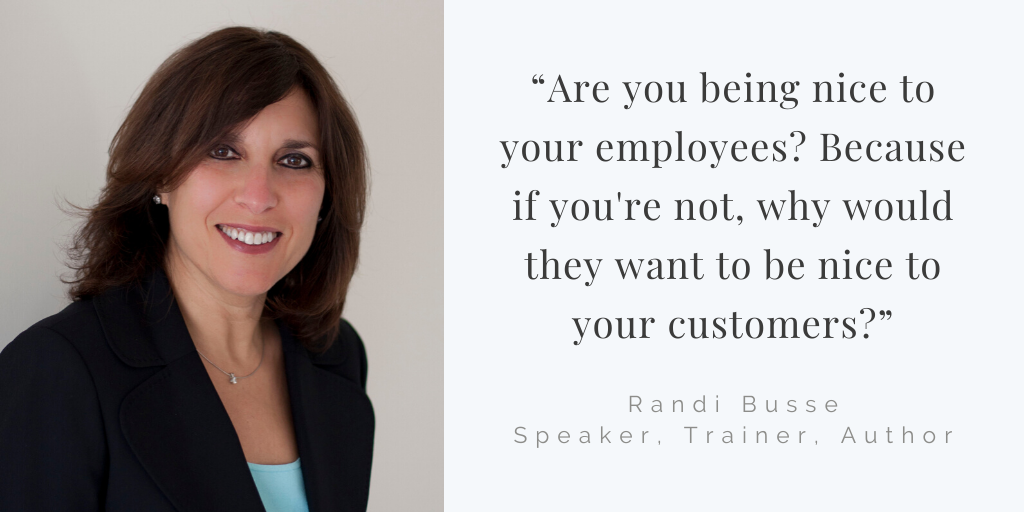You've just landed your dream job as a customer service leader. Now what?
It's a question I've been getting a lot lately. That's great news—it means people are getting hired or getting promoted. That's a source of optimism.
(If you haven't gotten promoted yet, this guide can help you.)
Starting a new job in leadership can be tricky. You'll probably spot a lot of work that needs to be done. Getting employees to buy-in and change their old habits can be a daunting task.
My friend, Jeremy Watkin, started a new job a few months ago. He's the new Director of Customer Experience and Support at NumberBarn, a marketplace for local and toll free phone numbers.
I interviewed Watkin to learn what advice he has for new customer service managers. It turns out, he has a lot of great insights.
Here are some of the topics we discussed:
What is the first thing you should do when you start a new job?
How do you stay committed to your own onboarding?
What should you do before asking for new technology?
How do you get your new team to buy-in?
What can you do to build trust with your employees?
You can watch the full 20 minute interview, or read the re-cap below.
What is the first thing you should do when you start a new job?
Watkin suggests creating a plan before you arrive on your first day.
Much of the initial plan should involve listening. Listening to employees, listening to colleagues, and listening to customers.
You might be tempted to make changes quickly. After all, you were hired to get results! But you can't know what's really going on until you spend a lot of time listening and observing.
"One of my priorities was to go through a decent chunk of onboarding," said Watkin. This included taking a hands-on approach to learning the support role.
One surprise for Watkin was how much he had missed supporting customers. He had spent the past five years working outside of daily support operations, and it was refreshing to get back to it. "As hard as customer support work is, I've actually really enjoyed interacting with customers again."
Hear more on this topic at 1:06 in the interview.
How do you stay committed to your own onboarding?
"That is a huge challenge," admitted Watkin.
It's easy to get sucked into putting out fires. You might spot a problem that needs to be fixed, or an executive might pull you into an "emergency" project.
Be patient. There are some big benefits to spending time on onboarding.
“I really went into those first 30 days or so, taking just a ton of notes and prioritizing the high-level things that I think needed to be improved," said Watkin.
This gave him an advantage when it came time to ask for more resources.
"A lot of this stuff costs money." Knowing both the use case and the financials involved helped Watkin prioritize his requests, and make a better pitch.
"When there's a cost associated with it, it really helped me to write it down and try to think about the business case or ROI associated with it."
Hear more at 3:11 in the interview.
What should you do before asking for new technology?
It’s natural for a new leader to immediately spot opportunities for new technology. Watkin made sure he accomplished some more fundamental tasks firsts.
I was happy to hear that Watkin started by learning about NumberBarn's customer service vision and making sure everyone understood it.
A customer service vision is a shared definition of outstanding service that gets everyone on the same page. It's the foundation of the process I outline in The Service Culture Handbook.
The vision can act as a filter that helps you prioritize what needs to be done now, and what can wait until later.
Once Watkin understood the vision, he spent time with the support team determining the key behaviors would be expected for each customer interaction. Frontline employees were asked for their input.
"We came up with eight," said Watkin. "And that became our quality process."
This exercise convinced Watkin to focus on helping the team do a consistent job with every contact before asking for new, expensive technology. "As much as I would love a really nice quality assurance tool, we are accomplishing it all through Google forms and sheets right now."
Listen to Watkin share more about this at 6:20.
How do you get your new team to buy-in?
"I think some of it is a really easy sell," said Watkin.
"It's not hard to prove that if you can provide a customer with an accurate response, if you can empower them so they don't have to respond more times than necessary, then customers will be nicer and volume will go down."
Helping employees see the benefits of a great service was a positive start. Watkin has also spent a lot of time building credibility with the team by leading by example.
"They read the emails that I send to customers, and they absolutely will take a cue from that."
Hear more at the 11:36 mark.
What can you do to build trust with your employees?
Employees are more likely to trust you when you listen and encourage them to open up and share.
Watkin was careful that the questions he asked made it clear he was there to help. "What are your pain points? What do you wish we could take off your plate, or make it easier to do?"
It turned out there was a lot that employees wanted. They asked for product features, new tools, and even better processes.
Those employee conversations helped Watkin learn a lot about what was working, and what was not. It also showed employees he was their advocate.
"They might not be able to back it up with data, but they're talking to customers all day, every day. They have their finger on the pulse of what's going on."
You can hear more on this topic at 15:53.
Additional Resources
Here are some resources to help you dive even deeper into this topic.
Watkin shares a lot of his experiences on the Customer Service Life blog that he co-authors with Jenny Dempsey. Dempsey is another customer service leader who has recently taken a new job, and the two of them share a lot of honest, authentic examples about overcoming challenges in customer service.
He was kind enough to mention The Service Culture Handbook as a helpful guide. You can find it on Amazon or go to BookPal for discounts on 25 or more copies.
Finally, new managers would also be wise to build these relationships.












